Two-Spirit Sur-Thrivance and the Art of Interrupting Narratives: Panel Discussion
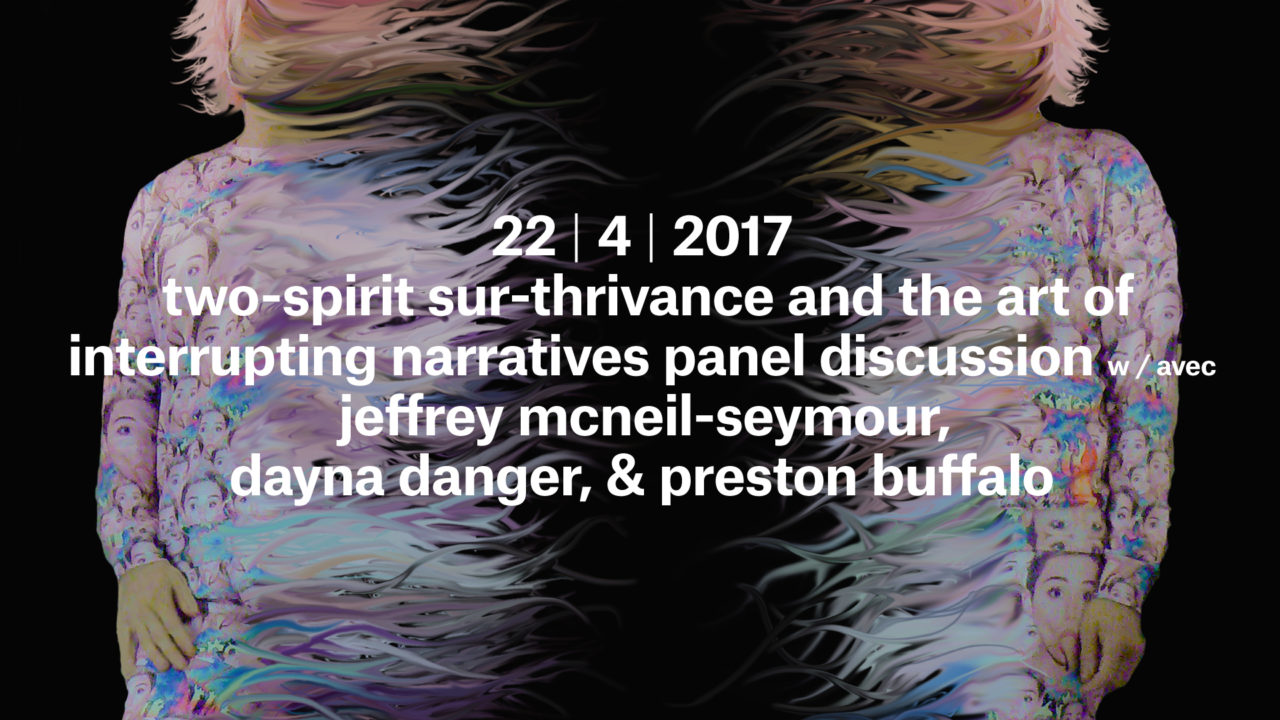
We invite you to join us with four of the artists involved in our Two-Spirit Sur-Thrivance and the Art of Interrupting Narratives for an intimate discussion surrounding their work.
The talk will be led by Jeffrey McNeil-Seymour and joining him will be Preston Buffalo, Dayna Danger and Berci Manywounds.
She:kon! Weyk’tp! Bonjour! Hello!
Never Apart recognizes that it is located in Kahnawake Mohawk Territory on the island of Tiohtiake (Montreal). We are uninvited guests. In a time of celebrating 150 years of Canadian confederation and Indigenous responses to festivities using #Resistance150 – it’s important to nurture the confluence of Settler and Indigenous resistance. Sites of resistance are found in many forms, spaces and places – oft deployed from the shadows, haunting the chasms of service and solidarity between diverse marginalized communities interests and struggles and successes for/of their assertion for equality and equity – one such emergent community in Canada are Two-Spirit people. Two-Spirit is an umbrella term used to encapsulate diverse lived experiences of gender fluidity and sexualities as they intersect with Indigenous bodies, spiritualities, communities, relationships, and land and water in this place called Canada. Two-Spirit is markedly different than LGBTQ.
In thinking about the moments of encounter between the Settler and Immigrant body with the Indigenous one, Two-Spirit Sur-Thrivance and the Art of Interrupting Narratives seeks to unsettle ongoing moments of settler/trans*/queer settler colonialism, homonationalism and reconciliation discourses through heartfully calling people in to conversations that include building relationships with, reciprocity, respect and celebration of Two-Spirit resurgence. As a gesture of reconciliation, Never Apart in partnership with Two-Spirit artists, force an interruption in racist, homophobic, and transphobic geopolitical undercurrents and pinkwashing of Canadian national imaginaries of settlement and Canadian Indian reserve communities. Encounter and thus reconcilliation is not a one time event. You are changed, touched and transformed. Two-Spirit Sur-Thrivance and the Art of Interrupting Narrativesseeks to facilitate dialogue and consciousness raising through 7 Two-Spirit artists, lecture and artist panel as sites of resistance.
Preston Buffalo is a two-spirited Cree artist who lives and loves in the unceded traditional territories of the Coast Salish peoples (Vancouver). His work straddles performance, textile and photography, and often situates itself within the intersections of hyphenated identities.
Dayna Danger is an emerging 2Spirit/Queer, Metis/Saulteaux/Polish artist raised in Winnipeg, MB. Danger is currently based in Montreal, QC. She obtained her Graduate degree in Studio Arts from Concordia University in March 2017. Danger held a Visual Arts Studio Work Study at the Banff Centre and participated in Candice Hopkins and Raven Chacon’s thematic residency, Trading Post. Danger has exhibited in Santa Fe, Winnipeg, Montreal, Peterborough, North Bay and Banff. Danger currently serves as a
board member for the Aboriginal Curatorial Collective (ACC/CCA). Danger is currently making new work for her upcoming solo in Edmonton June 2017, Big’Uns.
Beric Manywounds
Risen is a self portrait documentary short about my personal navigation through experiences of post trauma. I chose to explore this subject matter through the lens and aesthetics of modern horror cinema. Set in the present day, I experience psychosomatic echoes of the traumatic incident as visceral flashbacks; I find myself repeatedly haunted by the memories of the attack. Through self driven spiritual and emotional intervention, I discern and create a new path located from and within my Two Spirit and Indigenous identity that guides me towards personal freedom, recovery, and healing.
Written and Directed by Beric Manywounds, Featuring Michael Barry Anderson, with Cinematography by Cowboy Smithx, (2017).
Unsettl(er)ing
Jeffrey McNeil-Seymour
This “dress” was born out of Jeffrey’s response to Metis artisits Jaime Blacks’s “Redress Project” and the ongoing issue of missing and murdered Indigenous women and girls – and the importance of raising awareness to racialized and gendered violence. All to often when speaking on terms of gender inequality the issues seem to be ruled by gender binary’s. When we look at the Highway of Tears in so-called British Columbia for instance, it is rare to hear names like Faye Paquette or Gary Bone enter the dialogue, as these murdered persons were Indigenous gender fluid beings. It is critical to remember as evidenced in the case of Faye Paquette and Carrie Bone – that terms such as transgendered, gay, and homosexual are imposed settler terms and therefore should be recognized as agents of the necropolitic agenda of Canada. It is important that when engaging in activisms around inequality, erasure, silencing and death, that we remain vigilant to ensure that we as activists are creating space for all racialized and gendered beings of diverse sexuality’s to have voice – to be remembered.
This dress has been constructed to compassionately interrupt binaries, heteropatriarchy, and queer/trans settler colonialism’s and stands entirely for the spirit of healing and solidarity. The ethereal nature of the fabric is to represent haunting and invisibility, the tunic style of the top of the dress is to trouble gendered notions around ‘covering up’ as the bottom was realized from the men’s ‘Sundance skirt’. In addition to this piece traditional raw hide leggings hold space for bodies against skirt-shaming. It was important to decolonize our ideas of the new colonial configurations of the landscape and reveal traditional territorial boundaries of the First Nations across Turtle Island and honour the ancestors in the contemporary negotiations and navigations of our present National Canadian and Indigenous imaginary’s. The strands of hair on the back of the dress represent the missing and murdered that parallels the Secwepemc belief that when one has an abortion, she wears that child’s spirit for the rest of her life and so, as agents of (re)imagining Nationhood, we collectively are responsible the longer we remain silent about the issue or just pass off $10 million to the police to look after “those that are already there (on Vancouvers Down town Eastside)”, as gifted to the VPD by “Honorable” Premier Christy Clark. When taking into consideration the features of the dress and the strands of hair, we begin to see that the issue of the missing and murdered persons are intrinsically linked to the colonial HIStory of ‘North America’. – we all are called to action.
Unsettl(er)ing
Cette « robe » est née en réaction au Redress Project de l’artiste métis Jaime Blacks et à la question des femmes autochtones assassinées ou enlevées, de même qu’à l’importance de la sensibilisation à la violence raciale et genré. La question d’inégalité des sexes est trop souvent dominée par le concept de binarité des genres. Lorsque le sujet de La Route des Pleurs en Colombie-Britannique est abordé, des noms tels Faye Paquette ou Gary Bone font rarement partie de la conversation, puisque ces personnes assassinées étaient des autochtones au genre fluide. Il est important de retenir, comme on a pu le voir dans leurs cas, que des mots comme transgenre, gay et homosexuel sont des termes coloniaux imposés qui doivent être considérés comme des agents du programme nécropolitique canadien. Notre devoir en tant qu’activistes luttant contre l’inégalité, l’effacement, les pressions réductrices et la mort est de demeurer vigilant pour veiller à la création d’un espace où tous les êtres sexospécifiques et racialisés de diverses formes de sexualité peuvent être entendus et remémorés.
Cette robe a été fabriquée de manière à interrompre avec compassion les binaires, l’hétéropatriarcat et le colonialisme de peuplement queer et trans ; elle prend à cœur l’esprit de solidarité et de guérison. La nature éthérée du tissu représente la hantise et l’invisibilité ; la partie supérieure de style tunique sert à chambouler les notions sexospécifiques exigeant « qu’on se couvre », et ce, dû au fait qu’elle ait été créée à partir d’une jupe d’homme dédiée à la danse du soleil. De plus, des jambières traditionnelles en cuir brut maintiennent l’espace pour les corps opposés au jugement lié au port de la jupe. Il était vital de décoloniser nos notions des nouveaux paramétrages coloniaux du territoire, de révéler les frontières territoriales traditionnelles des Premières nations à travers l’île de la Tortue, et de rendre hommage aux ancêtres dans le courant des négociations et de la navigation de nos imaginaires canadien et autochtone. Les mèches de cheveux au dos de la robe symbolisent les personnes assassinées ou disparues et établissent un parallèle avec la croyance Secwepemc qui veut qu’une femme ayant subi un avortement porte l’esprit de l’enfant pour le reste de sa vie. En tant qu’agents de la (ré) imagination du concept de nation, nous sommes collectivement responsables, aussi longtemps que nous gardons le silence ou refilons 10 millions de dollars à la police pour veiller sur « ceux qui sont déjà là (dans le Downtown Eastside de Vancouver) », somme allouée au service de police de Vancouver par « l’honorable » Première ministre Christy Clark. Une fois les détails de la robe et les mèches de cheveux pris en considération, nous commençons à voir que l’enjeu des personnes assassinées ou disparues est intrinsèquement lié à l’histoire coloniale de l’Amérique de Nord. Nous sommes tenus d’agir.

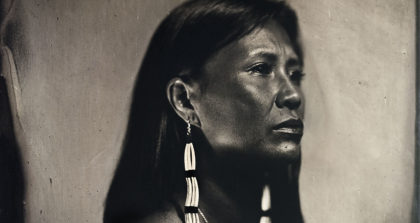
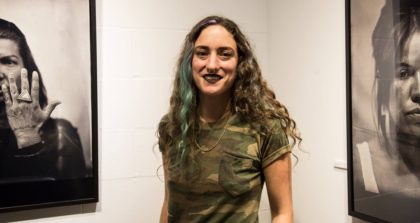
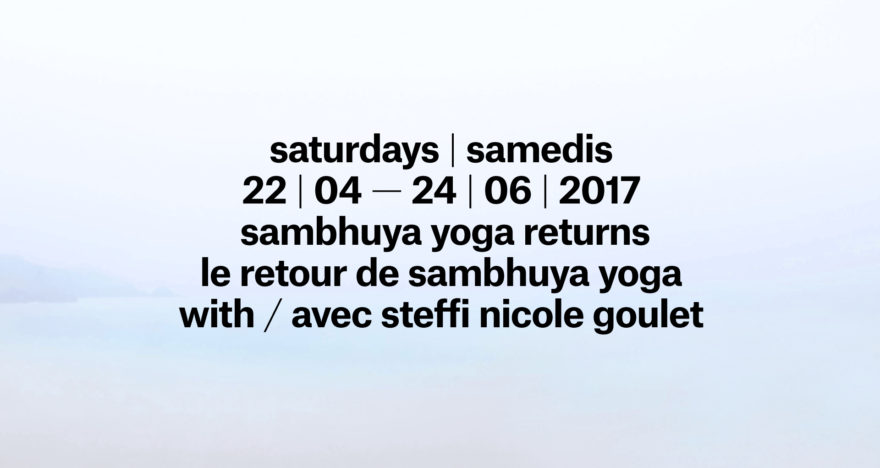
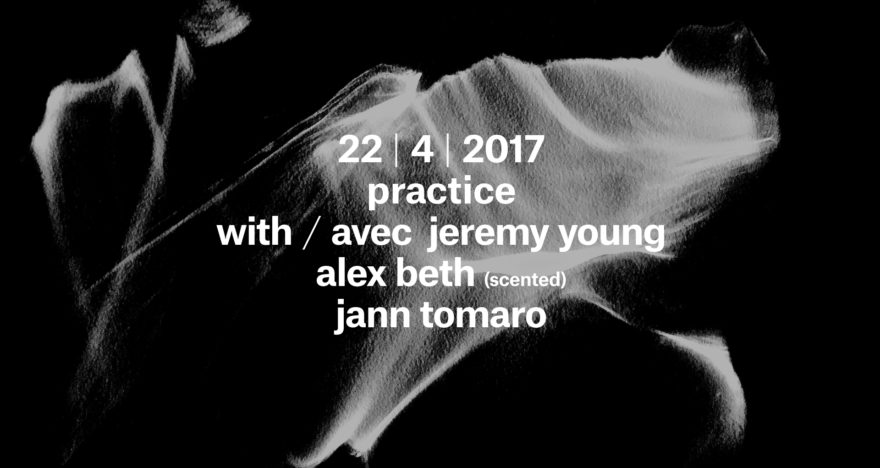
View Comments
No Comments (Hide)